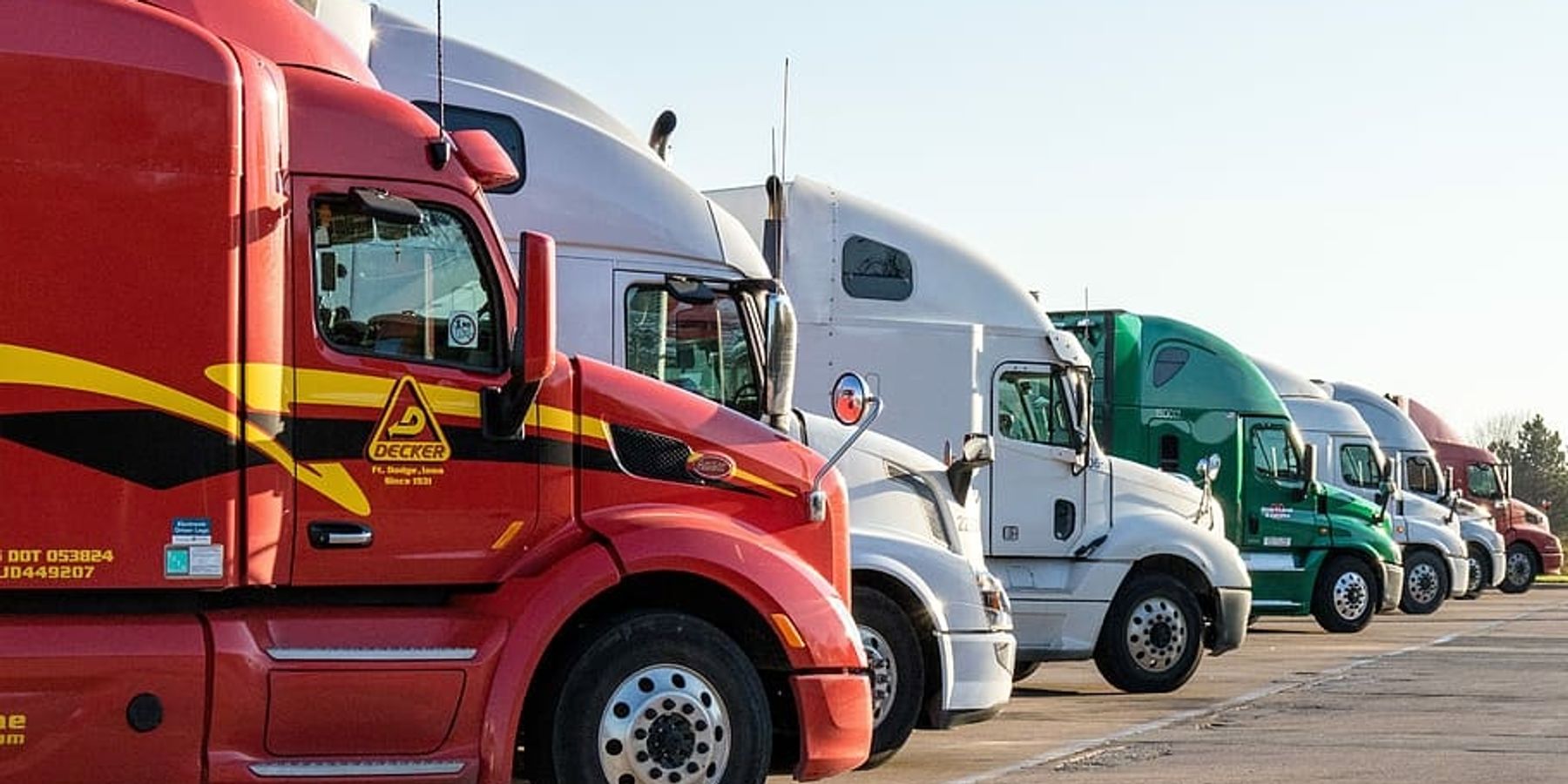
This is the web version of dot.LA’s weekly round-up newsletter. Sign up to get the latest news on Southern California’s tech, startup and venture capital scene.
The California Air Resources Board has issued a proposal to ban the sale of diesel trucks in the state starting in 2040. The push comes on the heels of the agency’s decision to ban the sale of all new gasoline powered passenger vehicles by 2035, which is now expected to be adopted by a slew of other states including Washington, Massachusetts, New York, Oregon and Vermont.
The proposal also includes stricter timelines for the phase out of specific types of diesel trucks: By 2027 all trucks operated by the state and local government must be zero emission. Prior to that, all trucks operating in ports and railyards must hit that target earlier, by 2035.
Diesel trucks are notorious polluters, causing 26 percent of greenhouse gas emission in the transportation industry even though they represent just 6% of the vehicles on the road. Diesel fuel combustion is also a major source of other pollutants like nitrogen oxides, particulate matter, and ozone. The proposal claims that these new regulations would “save 5,000 Californian lives between 2024 and 2050” and save the state $57 billion.
Unfortunately for the environment, these trucks are also central to our economy and survival: 70 percent consumer goods are shipped by truck in the United States, and there are roughly 1.8 million diesel trucks on the road in California alone. If the CARB proposal is approved, none of these vehicles would be able to be sold in state after 2040.
It’s easy to see the logic behind the Board’s thinking here. The accelerated timelines for drayage and first-mile transport are bold, but the technology needed to remove diesel from these parts of the supply chain already exists. For trips under 300 miles, there are a wealth of electric vehicles from manufacturers like Volvo, Mercedes, and Xos that will do the job just fine and the proximity to depots make charging less of a headache: If all the trucks operating in the port have to be electric, you can just install chargers at the port. Companies like Ideomics are even working on wireless charging that could potentially let these types of operations run a vehicle 24/7.
On the other hand, the long haul trucking industry is one of the most difficult sectors to decarbonize. Unlike passenger vehicles or first/last-mile shipping, the electrification of long-haul trucking faces technical challenges with no current solution. Due to their immense size and weight, trucks burn through energy faster than passenger cars. This can be offset to a degree by building enormous batteries, but the batteries themselves are usually the heaviest part of the vehicle, so this strategy only gets you so far.
At present, the best class 8 electric trucks top out in the 200-mile range. Practically speaking, long haul truckers operating diesel vehicles can only travel 500-600 miles per day due to the federal limits imposed on working hours. If they were forced to switch to today’s electric vehicles, they’d have to stop to recharge at least twice per 12-hour shift, maybe three times.
Charging a battery that size will take at least 90 minutes with the best technology currently available. That’s three or four and a half hours of downtime in a 12-hour day. This collapses the business model. Hydrogen fuel cell trucks offer a potential alternative to the battery/charger model, but the infrastructure is nonexistent outside of California, and the technology is even more unproven.
But 2040 is 18 years away. How many battery electric vehicles were on the road in 2004? Essentially zero. Today there are 10 million—and most of them have come online just in the last decade. This is certainly a bold move from CARB, just like the 2035 gas passenger car ban was, but bold policy may be what’s required to make these transitions a reality.
The agency is expected to vote on the proposal on October 27th. -David Shultz
Starburst Ventures Launches New Fund for Space Startups
The new fund from Starburst Ventures will back early-stage startups focused on both hardware and software for the aerospace, defense, aviation and security industries.
AR CrimeDoor App Sees Boosts from Release of 'Serial' Subject
The augmented reality app CrimeDoor got a download boost after Adnan Syed, who was convicted of murdering Hae Min Lee and subsequently made the subject of the crime podcast 'Serial,' was released from prison yesterday.
Listen Up: CalTech's Fred Farina on Research-Driven Startups
On this episode of the LA Venture podcast, Caltech’s Chief Innovation and Partnerships Officer Fred Farina discusses how the university converts fundamental research into new technology and supports developing startups.
Nominate LA's Top Startups for Our 2022 Startup Awards!
Help us shine a light on the best startups and founders in Southern California - submit a nomination for the 2022 dot.LA Startup Awards! Winners in the six categories will be announced at our annual Summit on October 21st. Register for the Summit here. Browse the categories and nominate a startup or individual before entries close Friday, October 7th. Questions? Email awards@dot.LA.
What We’re Reading...
-- Ideanomics broke EV records today with their successful test of a 500kw ulta-fast charger at the Port of Los Angeles.
- Scientists may finally have an answer to what's causing those fast radio bursts from outer space.
- The UCLA Anderson Forecast is predicting an increasing demand for tech in California, offsetting some national economic headwinds.
-L.A. seen through the eyes of A.I.
--
How Are We Doing? We're working to make the newsletter more informative, with deeper analysis and more news about L.A.'s tech and startup scene. Let us know what you think in our survey, or email us!


